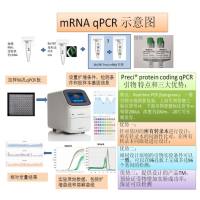Approaches to the Analysis of QTL Data in Mice, Using the Nonobese Diabetic Mouse as an Example
互联网
433
One route to the identification of genes involved in human complex disease is to exploit an animal model such as the rodent model of human type 1 diabetes, the nonobese diabetic (NOD) mouse. Although the genes predisposing to disease in an animal model may not be identical to those in the human, the underlying genetic basis in terms of number of genes involved, interactions, and physiological disease processes may be similar between the species. In addition, major disease-susceptibility loci may lie in homologous regions of the human and animal genomes, so that identification of a locus in the animal model may point directly to a region of interest on the human genome. For instance, in type 1 diabetes, the major susceptibility locus, IDDM1 , lies in the major histocompatibility complex (MHC) on human chromosome 6 in a region syntenic with the primary determinant of murine diabetes, Idd1 on mouse chromosome 17 (1 ).









